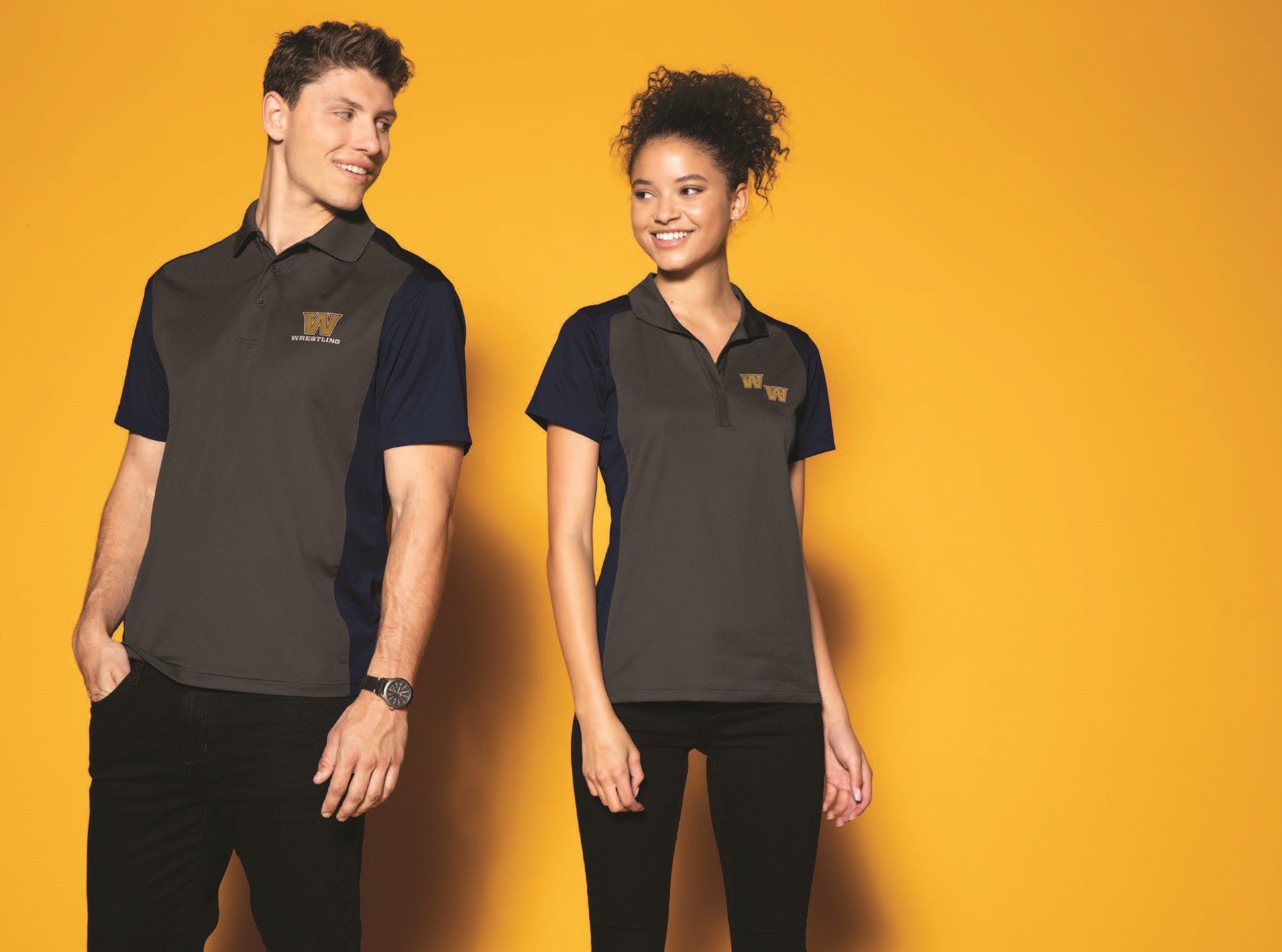This week, IBISWorld compiled a list of the 10 fastest-growing and 10 fastest-declining industries in America, based on trends from 2000 projected through 2016. With the recent discussions about the receding recession and the re-emergence of American manufacturing, I thought it would be interesting to look at the numbers and see how they relate to the promotional products industry.
Most of the markets on both lists make sense, especially given the timeframe used. Topping the fastest industries with nearly 200 percent growth are voice over Internet protocol (VoIP) providers, encompassing technologies like Skype and Google Voice. Similarly, e-commerce and Internet publishing companies loomed large, both in terms of cash and percentage growth. No surprises that the industries with the most growth were those that didn’t exist 10 years ago.
The loser’s bracket also has a lot of the faces you’d expect, with newspaper publishing, movie rentals and record stores all seeing substantial losses in the face of online competition. Wired telecommunications topped the list, reflecting the drastic change toward BlackBerrys and iPhones.
What interested me most about this list, and what prompted this blog post, was the inclusion of multiple clothing-based industries on the list of dying sectors. Formal wear rentals are down 35 percent, textile mills are down 50 percent and apparel manufacturers are down a jaw-dropping 77 percent for the decade, the largest percentage decrease on the list.
Does this sound right to you? We all know about slowing retail sales the past five years, and the effects of cotton’s price increases this year are starting to be felt, but is U.S. apparel really a dying industry?
If you follow industry news as much as I do, something about that declaration doesn’t ring true. Apparel is the largest single category in the promotional products industry: 30.68 percent of total sales in 2008 and 31.2 percent in 2009 according to PPAI, indicating a trend of increased relative popularity. During a recession, while shoppers were buying less clothing at retail, the percentage of promotional apparel purchases increased.
More recently, a number of major suppliers and mills have released financial reports with encouraging numbers. In the past month, Delta Apparel, from Georgia, announced record earnings for the quarter with a 17.5 percent increase in branded apparel sales, and Broder Bros. out of Pennsylvania announced a $20 million increase in sales over the same period in 2010. Texas-based Ennis Inc., which owns Alstyle Apparel, saw a 6.2 percent increase in sales over the previous year despite a net decrease in its print business; the company’s apparel division saw an increase from $235.4 million to $277.3 million. Meanwhile, both Hanesbrands out of North Carolina and Polyconcept North America from Pennsylvania acquired apparel businesses, indicating increased expectations from the clothing market.
Does this sound like a declining industry to you? All the numbers I read indicate that promotional apparel isn’t dying, but thriving. It’s hard to argue with Finfacts’ numbers, but it’s also hard to argue with ours. What do you think? Have you noticed a change in your apparel sales? Let me know.



